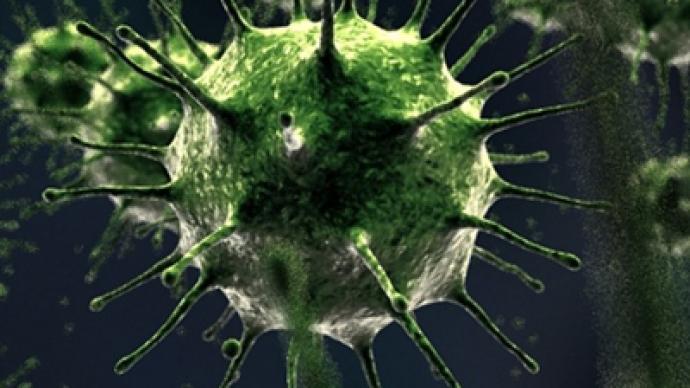Hyper-slow sea microbes give hope for life on Mars

Eighty-six million years under impenetrable mud failed to wipe out colonies of bacteria in the Pacific Ocean. With no light and hardly any food and oxygen, they still lived. The example shows that relict microbes may still survive on other planets.
The microbial community was discovered by a team of scientists including Hans Røy, a microbiologist at Aarhus University in Denmark, who published their study online in the Science Magazine.
They studied the seabed in a region some 1,000 kilometers north of Hawaii, which is notable for being almost uninhabited by sea life. In such an environment, sediments accumulate very slowly, at a rate of about 1 millimeter every thousand years.
The scientists used a large metal pipe to extract a 30-meter column of mud from the seabed, representing 30 million years of sediment growth. Then they used a probe to measure concentration of oxygen at different depths.
Oxygen is used by microbes for respiration, and the deeper you get, the less there is of the element.
In a more thriving ecosystem no oxygen may be left at a sediment depth of just 10 centimeters. But in the region studied by Røy and colleagues the food is so scarce that the bacteria living in the mud are just not capable of consuming oxygen very fast.
In the sample studied by the team oxygen could be traced down to 28 meters, slowly decreasing in amount, which indicates that the microbes continued to use it for respiration for up to 28 million years.
The scientists estimate the consumption rate at 0.001 micromoles of oxygen per liter of sediment per year. At this rate microbes living in one liter of mud would last 10 years on the same amount of oxygen that a human consumes in one breath, says Tori Hoehler, a biogeochemist at the NASA Ames Research Center at Moffett Field in California.
The amazing survival feat gives hope to biologists hoping to find life on other planets in the Solar System. For instance, millions of years ago conditions on Mars were better suited for life than they are now. As the example shows, microbes that lived back then may have survived until today, buried deep under the planet’s surface.
The study of relict microbes is also a key part of another scientific experiment, the drilling to the Vostok subglacial lake in Antarctica. The lake had been isolated from the surface for 20 million years until February, when a Russian drilling expedition managed to cut through 3 kilometers of ice and lift some 40 liters of its water to the surface.
Biologists hope to learn more about evolution and adaptability from the microbes which are thought to be living in the lake.















